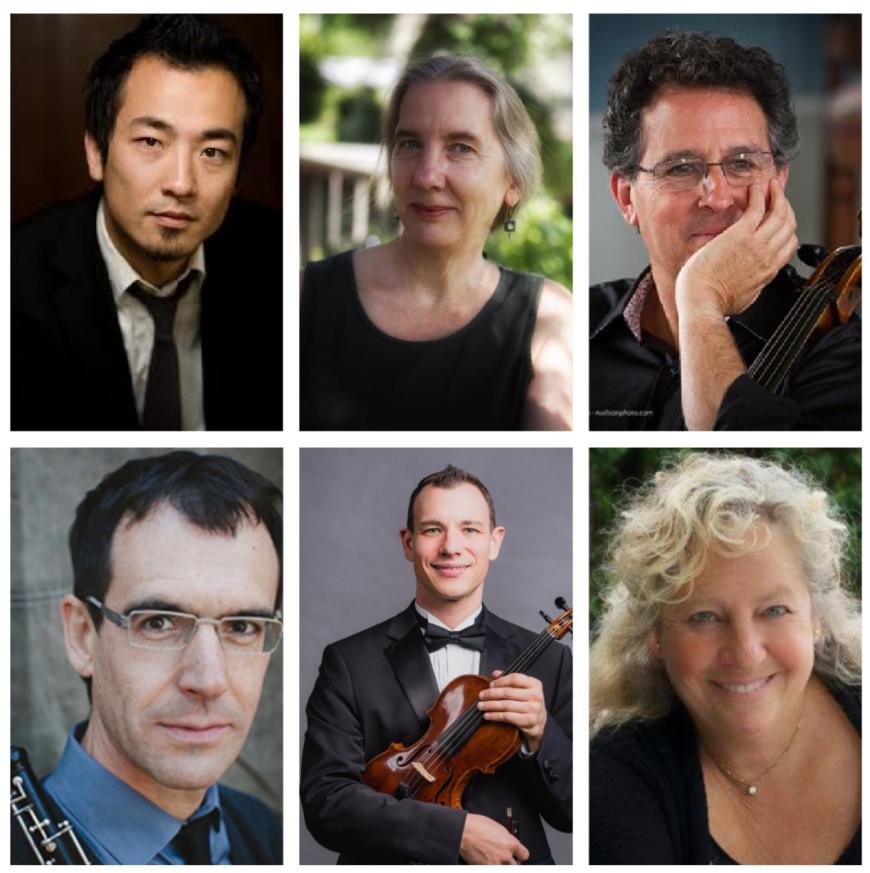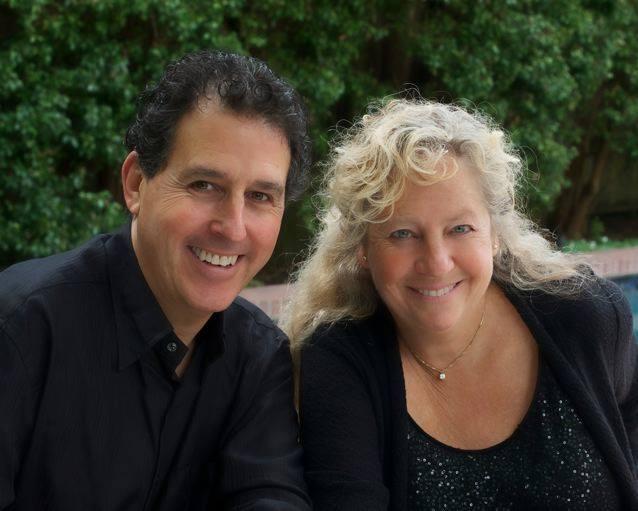
The Ives Collective’s spring program, heard Sunday, May 15, at San Francisco’s Old First Church, was devoted to works by English composers, all dating to the first third of the 20th century. But it was the spirit of a 19th-century German, namely Brahms, that hovered over the afternoon’s most compelling piece.
In its drama and dynamism, the Ives players made a powerful case for Edward Elgar’s 1919 Piano Quintet in A Minor as a worthy successor to Brahms’s celebrated 1865 Piano Quintet in F Minor. By turns decisive and delicate, sweeping and supple, the performance captured the vitality of this rich and absorbing work. Like the Brahms, it summons expressive, multidimensional contributions from all five players. Everyone here answered the call.
The first movement, marked Molto Allegro, began in a storm of sweeping declarations with a raw-boned folk character. Keisuke Nakagoshi led the charge from the piano. The strings were onboard from the start, rolling through the engrossing exposition and development with a cohesive force. When the melodic material was re-cast as a saunter, the quintet took on a playful lightness. Jeremy Preston and Susan Frier were the violinists, joined by violist Melissa Matson and cellist Stephen Harrison, who served as de facto leader and spokesman of the ensemble.
The latter two shone at the outset of the Adagio, the work’s capacious middle movement. Matson’s warm, confiding viola and Harrison’s way of turning the cello’s long phrases into human sighs and full-throated laments wove a skein of tragic, intimate solemnity. The other members joined in with a gathering pulse of urgency.
Striding off with a sense of heedless abandon, the final movement featured grandly bowed fortissimos, energizing off-beat accents in the piano, spiraling chromatic runs, and exultant chords. Thematic material from the opening movement returned to be reworked, repurposed, and revitalized anew. After a fresh turn sent the cello into a brief torment of worrying tremolos, this expansive and tautly constructed piece rode to a resounding, climactic finish. The only thing missing was a larger crowd to relish such a fine account of a splendid chamber work.

The program opened with Benjamin Britten’s Phantasy Quartet for Oboe and String Trio, written in 1932, when the composer was 19. Under the terms of a commissioned competition, a “phantasy” was to be a continuous work of less than 15 minutes in contrasting sections. Britten opens his with a spare, almost shy march, first whispered by the cello and gradually picked up by the other strings before the oboe (Kyle Bruckmann) provides a soothing descant.
The four musicians dispatched the subsequent episodes in moods from the playful to the pensive. Preston and Frier spun out some winning violin-viola harmonies. Bruckmann made nice work of a melismatic aria. The march tune never quite disappears, showing Britten’s flair for giving some unity to a fanciful form that might otherwise be a random collection of parts. His Phantasy ended as it began, only in reverse, with that phantom march fading away to the silence whence it came.
Britten, according to a program note, was ambivalent about a piece he regarded as “more or less satisfactory — sometimes I think that it is my best work — sometimes my worst.” Neither judgment stands. While the terms of the commission all but guaranteed an occasional, slightly contrived quality, it came off as a charming diversion. The musicians didn’t try to make more of it than met the ear.
Rebecca Clarke’s 1921 Piano Trio was a disappointment. As its three movements skittered from one style to another, contrast trumped content. Stark declaration in the first movement gave way to translucent passages strongly reminiscent of Ravel or Debussy. A similar restlessness plagued the closing Allegro, with its swerves from darkly moody gestures to piano scampering.
Preston and Frier made the strongest impression in the seductively lyrical Andante, with its drift toward and then away from a tonal center as the piano stitched busily away. Here Clarke’s eloquence and emotional appeal took hold. Bookended by weaker movements, the center was the only thing that held.






